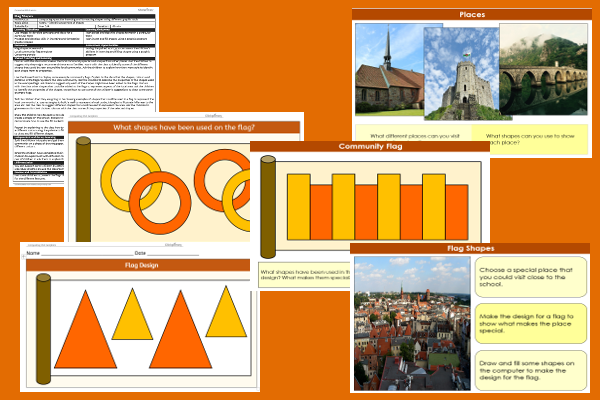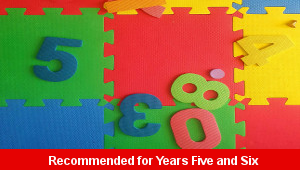Home > Key Stage Two > Computing > Town Flag
Lesson One – Flag Shapes

This computing teaching pack for Key Stage Two gets the children to practise inserting and formatting a range of special shapes using different graphic tools to make a flag representing a specific area or locality.
The class can identify and explain how to draw and insert shapes and then adjust the properties of their fill colour shades when creating a design for a matching flag.
Download this teaching pack including a lesson plan, classroom activities and an interactive presentation to practise inserting and formatting a range of special shapes using different graphic tools to make a flag representing a specific area or locality
Activities in this teaching pack include display posters to identify and describe shapes that can be used to represent aspects of a specific area in the local community and a template to select and record the design of shapes to represent the local area on the design of a flag.
The interactive presentation can be used to explore how to insert and format a range of shapes using different graphic tools to make a flag representing a specific area.
This lesson is part of a computing scheme of work to get the children to investigate and practise how to create different graphic shapes that can be utilised when producing a flag representing the local community. There are teaching activities for shared learning, differentiated worksheets to support independent learning and interactive presentations to introduce concepts and key skills.
-

Digit Combinations
Practise building and comparing a range of numbers by combining and matching sets of digits with different number values
-

Letter Strings Words Sums
Learn the meanings and practise spelling words with common letter strings to work with when composing example sentences on different topics and themes
-

Town Flag
Investigate and practise how to create different graphic shapes that can be utilised when producing a flag representing the local community
-

Three Digit Values
Investigate and compare the place value of the matching sets of digits in numbers to one thousand to indicate their hundreds, tens and ones values
